Drug Rashes Skin Disorders
Working though this section can help determine whether a medication (drug) is responsible for the rash or other skin change. The next section (clinical findings) provides more detail on the different types of ACDR (adverse cutaneous drug reactions) that can result from medications. Your dose may need to be reduced slowly over a few weeks or months. If you’ve been taking corticosteroids for a while, you may also need tests before you stop taking them.
- The itching would drive me to distraction and it affected my sleep terribly.
- Some common skin problems that affect the face, such as impetigo, rosacea and acne, can be made worse by hydrocortisone.
- The authors concluded that topical steroid withdrawal reactions occur in children and can result from discontinuing topical steroids used for as little as 2 months.
- Food sensitivity is very individual and any food could cause a problem but milk, wheat, eggs and food colourings are among the most likely culprits.
- Avoid close contact with people who’ve recently had live vaccines taken by mouth (oral vaccines) such as oral polio or the typhoid vaccine.
- “You get a deep, absolute bone itch with topical steroid withdrawal. It’s absolute agony, you feel like you can tear yourself down to the bone.
Our first steps will be to work to identify why you have a rash and prescribe an appropriate treatment to either cure it or ease the symptoms. Since there is no single cause for rashes, there is no single treatment. ‘I was facing really scary lung symptoms when I wasn’t taking steroids, but I didn’t have many choices, I am now tapering off them. In hospital she was treated with the powerful drugs, which helped her lungs and to recover.
Do steroids help eczema?
The skin condition can also be caused when topical steroids are used more frequently or for a longer duration than recommended, and most people who develop TSW use the steroids daily for more than 12 months. Using topical steroids on the face or groin regions also increases the risk of developing TSW, as the skin in these areas is thinner and absorbs more of the steroid, predisposing the individual to develop TSW in those areas. The authors’ literature search yielded no studies on or reporting classic topical steroid withdrawal reactions in children. However, periorificial dermatitis, which is generally a steroid-induced disorder in children, was reported in more than 320 cases.
- Juhasz (2017) reported that the signs and symptoms occur within days to weeks after discontinuation of long-term topical steroid treatment.
- Since her severe reaction, doctors have faced a balancing act to keep symptoms of both Churg-Strauss syndrome and at bay.
- Symptoms noted include redness of the skin, a burning sensation, and itchiness.
- Hydroxychloroquine is often well tolerated and usually does not cause any major side effects.
- Methylprednisolone can irritate the lining of your stomach and cause side effects like heartburn or indigestion.
- You can treat the discomfort using over-the-counter treatments such as emollients or basic antihistamines or anti-inflammatory pain relievers such as ibuprofen.
Sometimes you may be prescribed them under the supervision of a skincare specialist (dermatologist). The development or exacerbation of a rash could be signs of a lupus flare. Some common causes of flares include not being diligent with wearing sunscreen, not avoiding ultraviolet light, stress, viruses, hormone fluctuations, not taking medications regularly, or even smoking cigarettes.
Rash: Self-help guide
They reduce inflammation and help to clear the rash, or at least to control it. Search terms used were ‘red skin syndrome’, ‘burning skin’, and ‘topical corticosteroids, withdrawal’. Only papers referring to reactions on withdrawal of topical corticosteroids were reviewed; all other papers were excluded.
Types of urticaria
Of 142 social media blogs on topical steroid withdrawal reactions, 26 were blogs discussing children, the majority of these (18) were from the USA, with 4 being from the UK. A common treatment that’s often recommended is topical steroids – creams, ointments, lotions or gels via which https://blogsubmitterpro.org steroids are applied directly to your skin. ‘These can help eczema and they are a very useful treatment to control flares when used properly and in combination with emollient moisturisers,’ explains facial aesthetics doctor Dr Amiee Vyas, of online skin clinic, Get Harley.
These may come in the form of creams, ointments, lotions, mousses, shampoos, gels or tapes. To reduce the risk of side effects your doctor may recommend that you only use hydrocortisone for a few weeks at a time. Skin gets inflamed when an allergic reaction or irritation causes chemicals to be released in the skin.
The recommended dosage will depend on what part of the body is being treated. This is because the skin is thinner in certain parts of the body and more sensitive to the effects of corticosteroids. Topical corticosteroids cannot cure these conditions, but can help relieve the symptoms. Read about other types of corticosteroids, including tablets, capsules, inhalers and injected corticosteroids.
Once a person is sensitized to a drug, later exposure to that drug triggers an allergic reaction, such as a rash. Topical steroids are a commonly prescribed treatment for eczema symptoms. They are designed to reduce redness and itchiness in the skin, and when used correctly for short periods of time, are considered to be a safe treatment for eczema symptoms.

